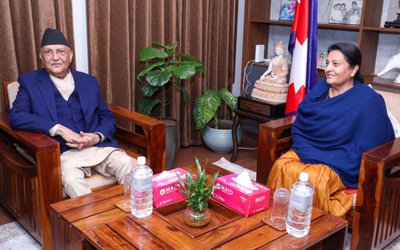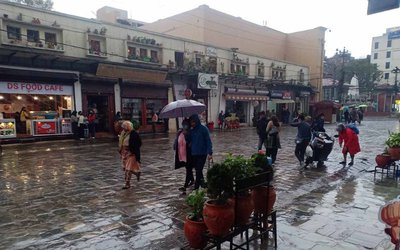Disasters have become a primary cause of forced migration from rural to urban areas. Every second, one person is displaced by disaster in the world. The effects of unplanned urbanization is expected to intensify such disasters and accelerate urban poverty and displacement rates in coming decades.
The human population has lived a rural lifestyle through most of history. The world’s population, however, is quickly becoming urbanized as people migrate to the cities. For example, in the 1950s less than 30% of the world’s population lived in cities. Currently, more than half of the world’s population lives in towns and cities, and by 2030 this number will swell to about 5 billion according to the UN projections.
While developed countries have had higher percentage of urban population, urbanization is occurring rapidly in less developed counties in Asia and Africa largely due to internal migration. International migration is also increasing including refugees. But towns and cities are limited in resources. There are competitions for resources and livelihoods among the urban displaced and host communities. Rapid urban growth throughout the developing world is a serious challenge to provide adequate services for the people including internally displaced and refugees.
About 20% people are living in urban areas in Nepal. Towns and cities are growing rapidly in Nepal and in a disorderly manner, with a limited capacity to provide basic services, infrastructure and employment to a growing population.
Urbanization is a megatrendthat brings huge social, economic and environmental transformations at the local, national, regional and global levels. It has become a widely adopted global development strategy. Researchers in China examined global economic data on urbanization and per capita GDP levels spanning three decades (1980-2011). During this time, the proportion of the world’s population living in cities grew from just 39% in 1980 to 52% in 2011. And while urbanization and per capita GDP may be strongly correlated, the authors found no correlation between the rates of urbanization and economic growth. In other words, fast urban growth doesn’t always translate into fast GDP growth. In addition, growth brings enormous challenges. One critical challenge is disaster risk which is evident in urbanizing countries including Nepal. The risk of disaster has been sharply increased by rapid and unplanned urbanization, and weak governance and poverty.
Disasters and urbanization are intricately linked. Looking at the dynamics of urbanization and disaster, we need to address urban disaster primarily social and political, rather than natural phenomenon. Urbanization is a driver of disaster related displacement. We should perceive it as something on which we can exert pressure, prevent and prepare for.
It is observed that the lack of effective preparedness for multiple hazards and limited mitigation measures compound the vulnerabilities of urban populations in Nepal. Based on the experience of other countries, we should not only focus on metropolitan cities, but also medium towns where there are more people in mobility and less investment for infrastructure and services such as water supply, sanitation, and health services.
Learning from the recent earthquake, it is also important to stress for an institutional infrastructure in urban areas to address governance gaps. In Nepal, we have kept adding new municipalities by adding villages in order to meet the population criteria. Let us consider disaster risk reduction, and emergency preparedness and response in light of urban grown in the upcoming New Disaster ACT in Nepal.
Dr. Manandhar is an expert of international development. Currently, he is working as Country Director of The Lutheran World Federation. He is also a visiting faculty at the Kathmandu University. He can be reached atprabin.manandhar11@gmail.com
- From Nepal to Myanmar: Navigating Earthquake Response Lessons
- Apr 13, 2025
- World Humanitarian Day 2024: Committing to Peace and Accountability
- Aug 19, 2024
- Nepal Investment Summit: Unlocking Economic Potentials For Growth And Development
- Apr 28, 2024
- Investing In Women: Accelerating Progress
- Mar 10, 2024
- Embracing The 'Empty Chair: Advancing Global Inclusivity And Equitable Development
- Dec 29, 2023















